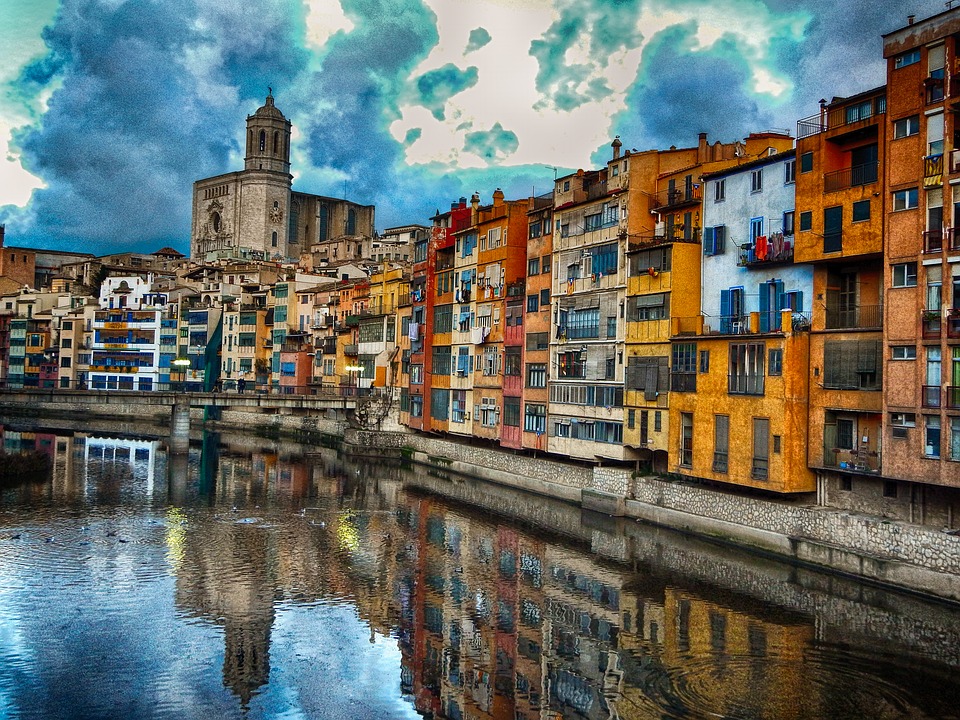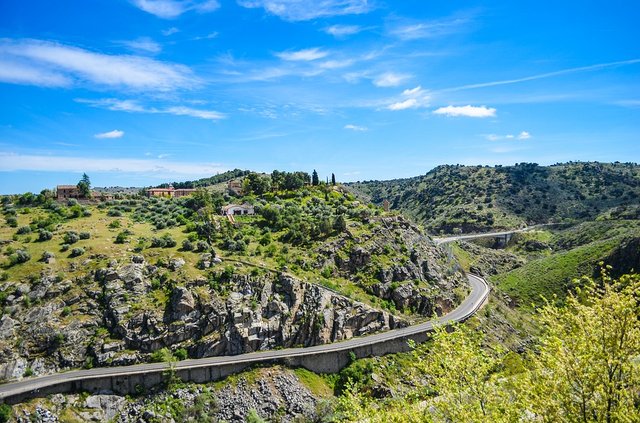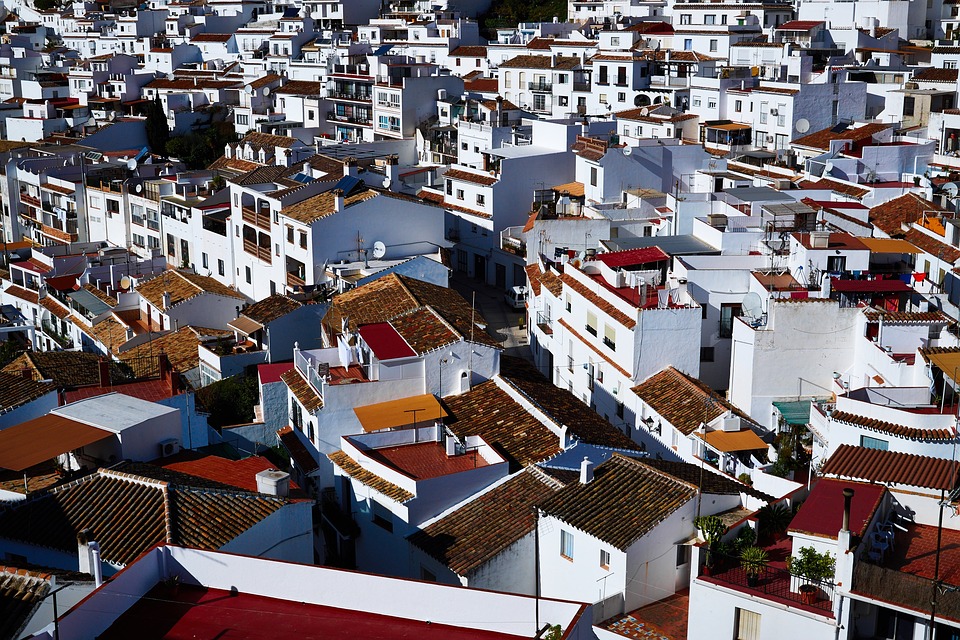All the nitty-gritty details to know before you go to Spain
Getting to/around Spain
 [buildings-1209850_960_720.jpg]
[buildings-1209850_960_720.jpg]
Airports
Most major cities have airports, but if you're arriving from the US you'll likely to land in either Madrid's Barajas airport (MAD) or Barcelona's El Prat airport (BCN). Both airports are well-connected to the city centers with frequent buses.
Ground Transportation
Taxis: The easiest places to find taxis are at airports, bus stations and train stations. Taxi ranks tend to be sparse, but your taxis will stop if you hail them (look for a green light or libre sign). The initial charge during the daytime is approximately €2.40 in Madrid and €1.05 -1.20 per additional kilometer depending on time of day. Keep in mind that there is a maximum of four people per taxi and there may be luggage surcharges.

Subways and buses: Spanish cities are generally well-serviced by public transportation and even small cities tend to have their own bus systems. Both Madrid and Barcelona have extensive metro and bus systems, which are generally cheap and reliable. Tickets can be bought individually for about €1-2 depending on the city, but it's generally cheaper to buy tickets in packs of ten. You can purchase tickets at most tobacco or newspaper shops, as well as dedicated kiosks in metro/train stations. Buses tend to run from about 6am to midnight, or up to 2am in larger cities on busier routes. Night buses also operate in Madrid and Barcelona, but in smaller cities you'll have to rely on taxis in the wee hours.
Bikes: Bike sharing systems are popular in most larger Spanish cities, including Barcelona, Madrid, Seville and Valencia; however, many cities require users purchase a yearly pass, meaning it's not always a viable option for tourists. Work those walking legs instead!

Long-distance trains: Spain boasts an extensive rail network operated by Renfe and a handful of smaller operators. The country's high-speed service has seen considerable improvements in recent years with increasing destinations and connections between cities You’ll want to book ahead for longer and more popular routes. All long distance trains have 1st and 2nd classes, called preferente and turista, respectively. Youth and children discounts are available on most services. Most train stations have consignas (left luggage facilities), where you can store a bag for €4-6 per day.
Buses: While Spain has an extensive local bus networks, the time tables can be frustrating for visitors. Links between smaller cities tend to run infrequently, or might be limited to a couple arrivals and departures on Saturday or Sunday. Still, the bus tends to be a cheaper alternative to trains. In general, bus tickets are sold for specific departures. Tickets should be bought in advance for high-volume routes or during popular travel times (think holidays and weekends). While larger towns and cities might have a dedicated bus station, in smaller areas they may operate from unmarked kiosks or plazas—be sure to ask the locals!
Find out more: https://www.gojourny.com/stories/journy-concierge-a7da6317-975f-4801-a43d-2f6abd199618/journy-s-must-read-guide-to-spain